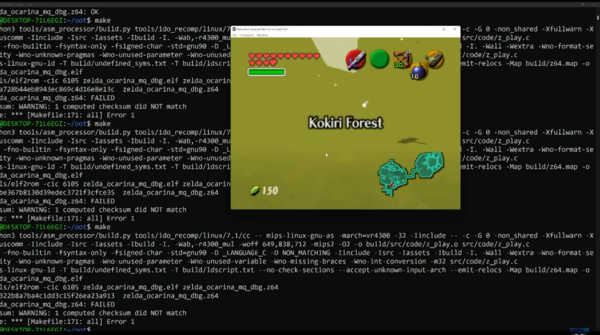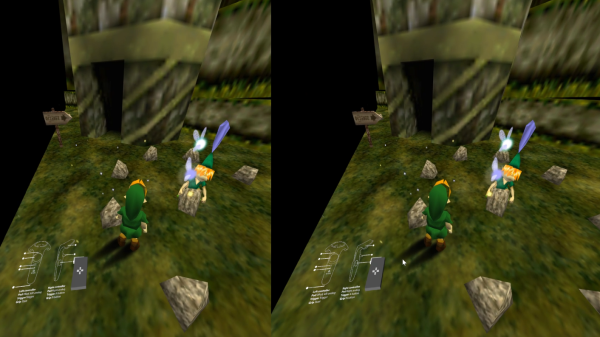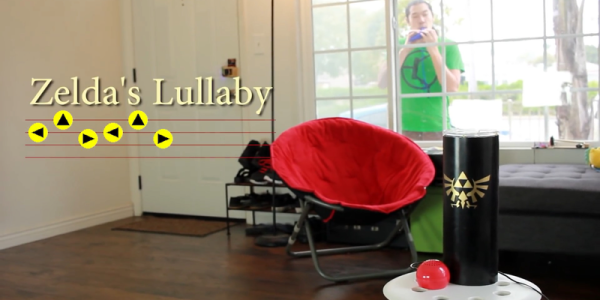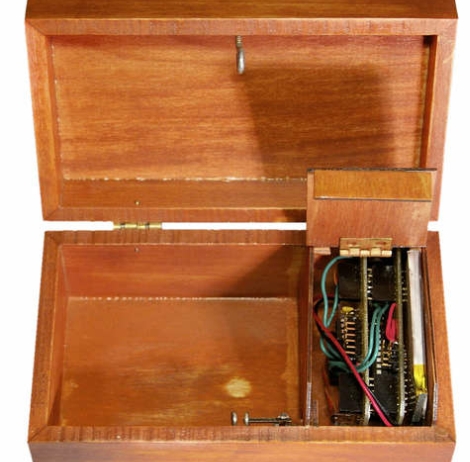Keeping source code to programs closed is something that is generally frowned upon here for plenty of reasons. Closed source code is less secure and less customizable, but unfortunately we won’t be able to convince everyone of the merits of open source code any time soon. On the other hand, it is possible to decompile some of those programs whose source remains behind locked doors in an attempt to better understand that code, and one of the more impressive examples of that of late is this project which has fully decompiled The Ocarina of Time.
To get started with the code for this project, one simply needs to clone the Git repository and then use a certain set of software tools (depending on the user’s operating system) to compile the ROM from the source code. From there, though, the world is your rupee-filled jar. Like we’ve seen from other decompiled games, any number of enhancements to the original game can be made including increasing the frame rate, improving the graphics, or otherwise adding flourishes that wouldn’t otherwise be there.
The creators of this project do point out that this is still a work-in-progress as only one of the 18 versions have been completed, but the fact that the source code they have been able to decompile builds a fully-working game when recompiled speaks to how far along it’s come. We’ve seen similar processes used for other games before that also help to illustrate how much improvement is possible when re-writing old games from their source code.
Thanks to [Lazarus] for the tip!















